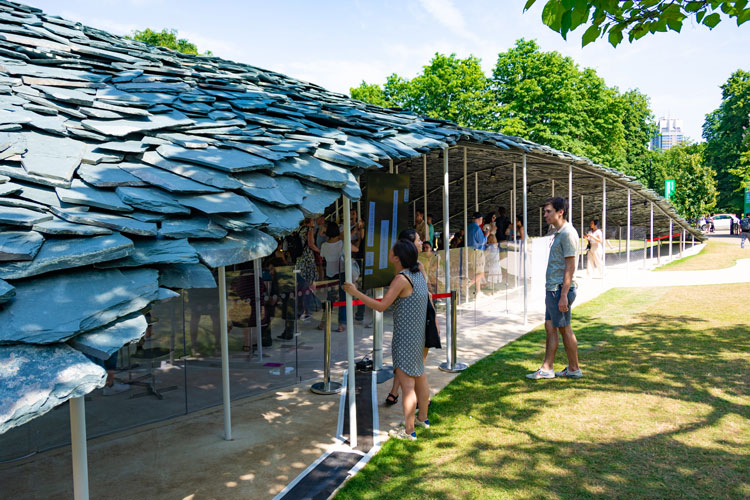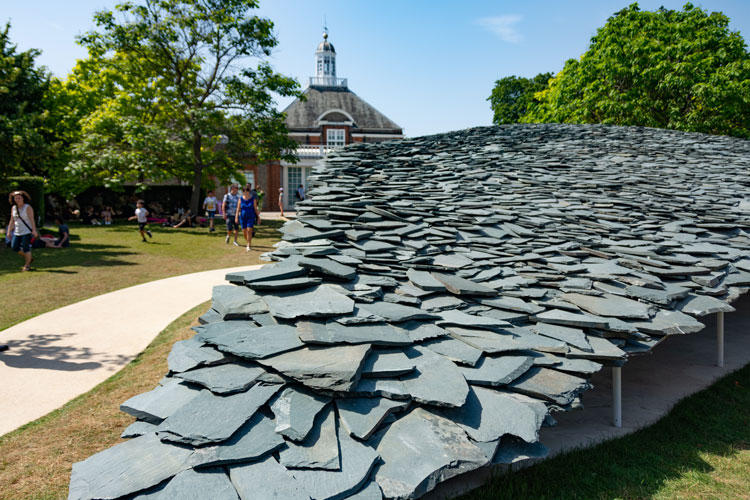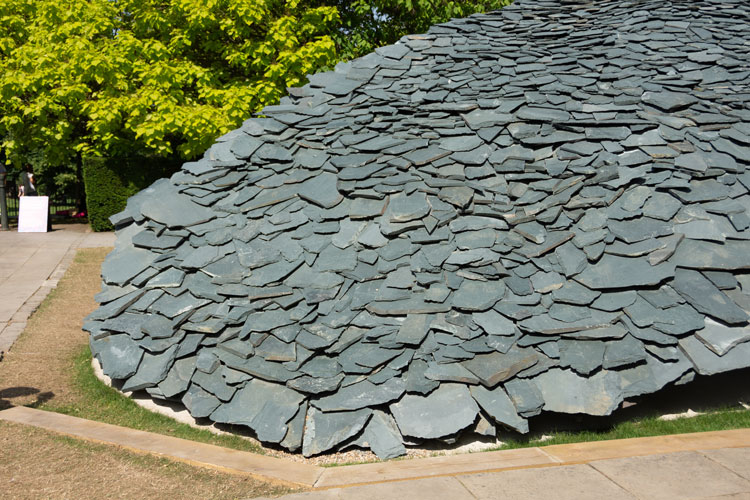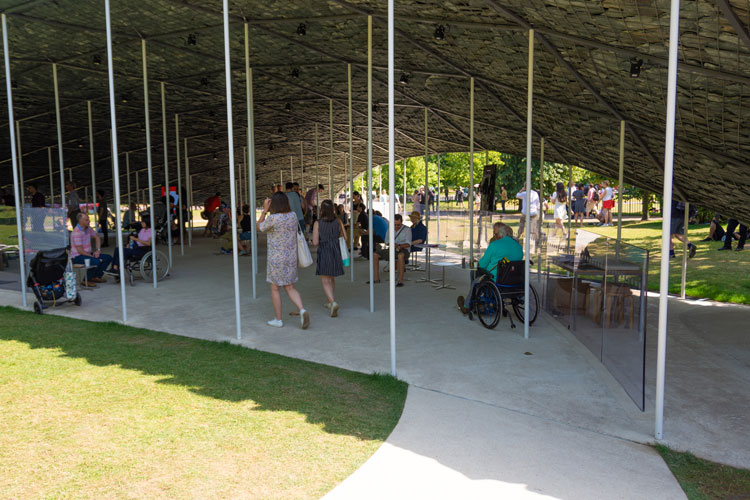Blog Post June 2019 by Wendy Dobing
Blog Quick Reference 2019
Posted on June 27, 2019 at 11:39 AM
The Serpentine (again)
I said I would report back about this year's installation at the Serpentine Pavilion. I will get straight to the point: I was very underwhelmed, just like last year. I'm clearly expecting too much!
Back to this year's installation: designed by Junya Ishigami. The Serpentine Pavilion website says this about the installation:
'The Japanese architect Junya Ishigami, celebrated for his experimental structures that interpret traditional architectural conventions and reflect natural phenomena, has been selected to design the Serpentine Pavilion 2019.
Ishigami’s design takes inspiration from roofs, the most common architectural feature used around the world. The design of the 2019 Serpentine Pavilion is made by arranging slates to create a single canopy roof that appears to emerge from the ground of the surrounding park. Within, the interior of the Pavilion is an enclosed cave-like space, a refuge for contemplation. For Ishigami, the Pavilion articulates his ‘free space’ philosophy in which he seeks harmony between man-made structures and those that already exist in nature.’
Ishigami said: ‘My design for the Pavilion plays with our perspectives of the built environment against the backdrop of a natural landscape, emphasising a natural and organic feel as though it had grown out of the lawn, resembling a hill made out of rocks. This is an attempt to supplement traditional architecture with modern methodologies and concepts, to create in this place an expanse of scenery like never seen before. Possessing the weighty presence of slate roofs seen around the world, and simultaneously appearing so light it could blow away in the breeze, the cluster of scattered rock levitates, like a billowing piece of fabric.’
Nothing about this installation piqued my interest. I stayed there long enough to take some photos in order to document it. Modern methodologies and concepts are topical at the moment in terms of construction and architecture. In my view I don't think they translate to art unfortunately. This work does however raise the question of how art relates to architecture and vice versa. There are some architectural details I have seen that could be considered as art. Is this because they are beautiful? Beauty is in the eye of the beholder - or is it?
A generous 3 out of 10 for this year (sorry!). I'll report back next year, hopefully for a more uplifting experience.




